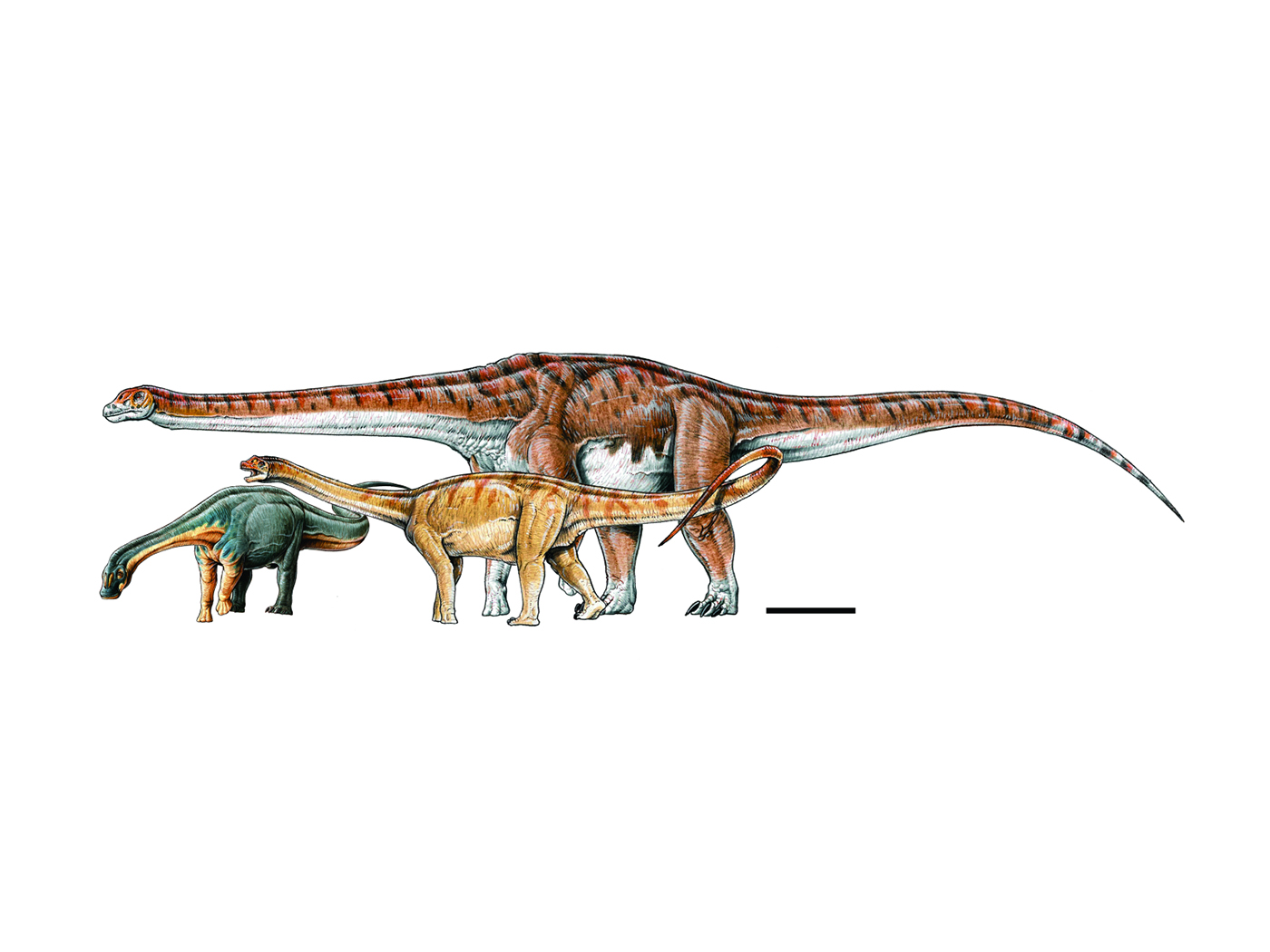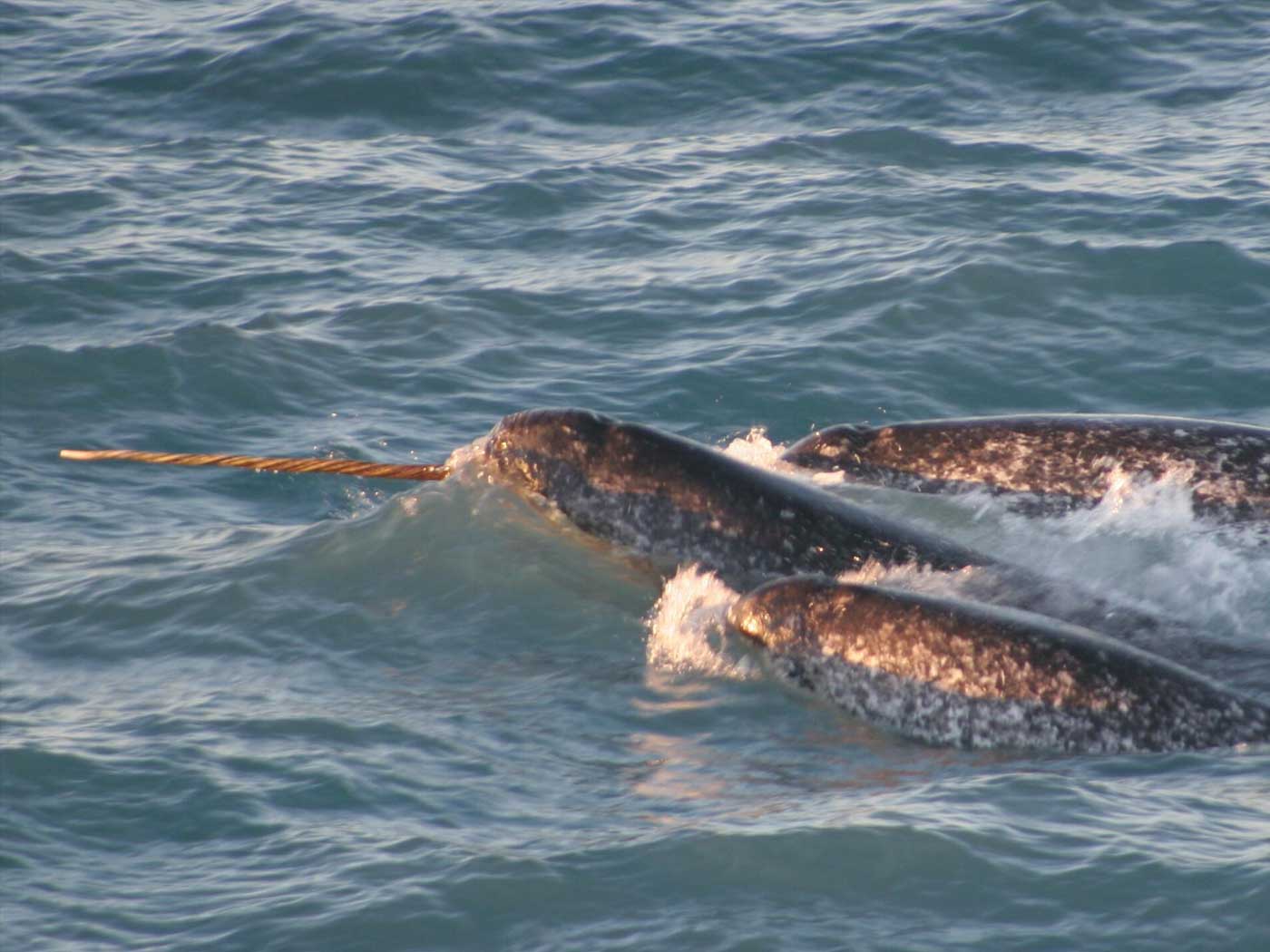Dark outlines of soft tissue often surround fossilized vertebrates. What chemicals make up this material? Paleontologists recently presented their analysis of original skin leftovers from three marine reptile fossils and inadvertently revealed three clues that darken their evolutionary explanations.
Reporting in the journal Nature, scientists confirmed that the fossil halos are made of melanin—specifically melanosomes.1 Special skin cells called melanocytes build and export these oval-shaped bodies where melanin is manufactured. Many creatures use the pigment melanin for multiple purposes.2
The team used time-of-flight secondary ion mass spectrometry to verify that the fossils’ melanin gave chemical signatures that were identical to modern melanin. They also used an electron microscope to verify the presence of fossil melanin still encased in its original melanosomes.
Their fossil sea turtle still had remnants of a dark-colored back just like today’s marine leatherbacks. The mosasaur fossil also had a dark back and lighter-colored belly, like many modern whales and sharks. This pattern makes it more difficult for sea creatures swimming above or below to see them. The ichthyosaur specimen was dark all over, like living deep-diving sperm whales.
Overall, the pigmentation patterns of these fossils resemble those of today’s creatures and show no signs of evolutionary transitioning—which is the first clue.
A second challenging clue is the presence of original biochemistry in specimens assigned an age of, for the ichthyosaur, 190 million years. The researchers offered no reason why melanin should ever be expected to last even a tiny fraction of that supposed span.3,4,5 If the fossils were actually that old, then their melanin should have chemically broken down long before now, leaving nothing behind.
According to the Nature study authors’ reconstruction, the same melanin-manufacturing capabilities evolved three separate times. This outlandish difficulty provides the third clue that these pigment evolutions never really occurred.
Supposedly, some land-dwelling reptile species gave rise to swimming ichthyosaurs—despite the fact that no known fossils even come close to illustrating this. Then, perhaps after they began swimming, ichthyosaurs somehow evolved melanin.
According to evolution, the same stem reptile gave rise to an ancestor that evolved into both mosasaurs and land lizards. So, mosasaur skin supposedly invented melanin all by itself, all over again. Then, land turtles evolved into sea turtles that invented melanin yet a third time.
It’s as easy to say “melanin evolved by natural selection” as it is to say “computers evolve by weather changes,” but the details reveal reasons to reject statements like these.6
Four Polish researchers published a review paper in 2013 describing some of the cells, signaling pathways, proteins, and hormones involved in making melanin, including features that precisely distribute melanosomes across the skin during embryonic development. They include tyrosinase, tyrosinase-related protein 1, tyrosinase-related protein 2, microphthalemia transcription factor (MITF), E-cadherins, P-cadherins, protease-activated receptor-2 (PAR-2), stem cell factor (SCF), neuregulin 1, cysteine DOPAquinone, DOPAchrome tautomerase (TYRP2/DCT), antiapoptotic protein Bcl-2, protein fibrils, hepatocyte growth factor (HGF), adrenocorticotropic hormone, collagen, fibronectin, integrins, endothelins, c-kit, Wnt proteins, Delta membrane protein, and others.7
Since no experiment has ever demonstrated a natural process inventing even a single biochemical like these, and since experiments have demonstrated that selection of mutations cannot invent them, why expect evolution to invent melanin manufacturing and distribution once, let alone three separate times, in these marine reptiles?8
The creation alternative explains all three clues. These fossils show no evolutionary transitions because each reptile was created to reproduce after its kind from the creation week. Fresh-looking fossil pigment persists in rocks that are thousands, not millions, of years old, and the impossible odds against natural processes inventing new biochemicals like those required to make melanin point to their supernatural origin.
References
- Lindgren, J. et al. Skin pigmentation provides evidence of convergent melanism in extinct marine reptiles. Nature. Posted on nature.com January 8, 2014, accessed January 14, 2014.
- Thomas, B. Life Thrives amid Chernobyl’s Leftover Radiation. Creation Science Update. Posted on icr.org February 8, 2011, accessed January 17, 2014.
- Thomas, B. Fresh Jurassic Squid Ink. Creation Science Update. Posted on icr.org August 27, 2009, accessed January 17, 2014.
- Thomas, B. Fossil Feathers Convey Color. Creation Science Update. Posted on icr.org July 21, 2008, accessed January 17, 2014.
- Thomas, B. Giant Penguin Feather Poses Problem for Long Ages. Creation Science Update. Posted on icr.org October 19, 2010, accessed January 17, 2014.
- Or, in the technical language of Nature (reference 1), “It is therefore feasible that selective pressures for fast growth, large size and/or homeothermy also selected for melanisation in extant (and fossil) leatherbacks,” although no analysis of practical feasibility was presented.
- Cichorek, M. et al. 2013. Skin melanocytes: biology and development. Postepy Dermatol Alergol. 30 (1): 30-41.
- Gauger, A. K and D. D. Axe. 2011. The Evolutionary Accessibility of New Enzyme Functions: A Case Study from the Biotin Pathway. BIO-Complexity. 2011 (1): 1-17.
* Mr. Thomas is Science Writer at the Institute for Creation Research.
Article posted on February 5, 2014.
























